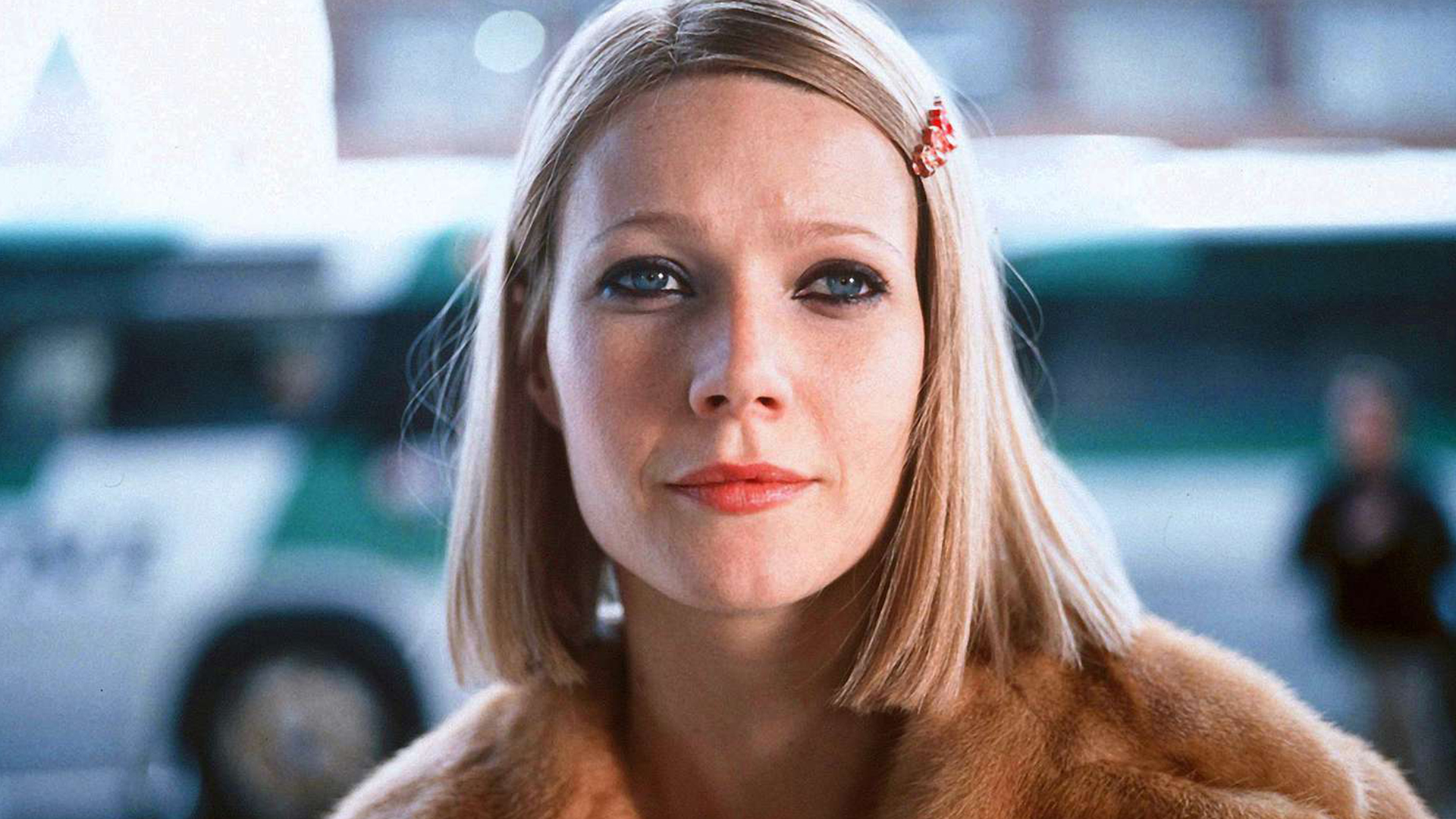The first documentary film examining the work of Louis Kahn following his death in 1974. This film, which was released in 1996, examines six of his most significant completed works: The Salk Institute in La Jolla, California; the Kimbell Art Museum in Fort Worth, Texas; the Center for British Art in New Haven, Connecticut; the Library at Philips Exeter Academy in Exeter, New Hampshire; the Indian Institute of Management in Ahmedabad, India; and the Parliament Buildings in Dhaka, Bangladesh. These visits are enhanced in the film with historic footage and sound recordings of Kahn, as well as interviews.
These screenings are free of admissions. Drop in, no reservations.
Trailer

The New Year is more than just a date change on the calendar. It often marks a turning point where the weight of past experiences is felt or the uncertainty of the future is faced. This season, Pera Film highlights films that delve into themes of hope, regret, nostalgia, and new beginnings.
Tuesday - Saturday 10:00 - 19:00
Friday 10:00 - 22:00
Sunday 12:00 - 18:00
The museum is closed on Mondays.
On Wednesdays, the students can
visit the museum free of admission.
Full ticket: 300 TL
Discounted: 150 TL
Groups: 200 TL (minimum 10 people)